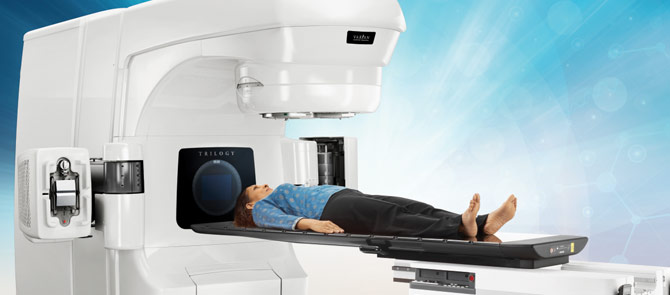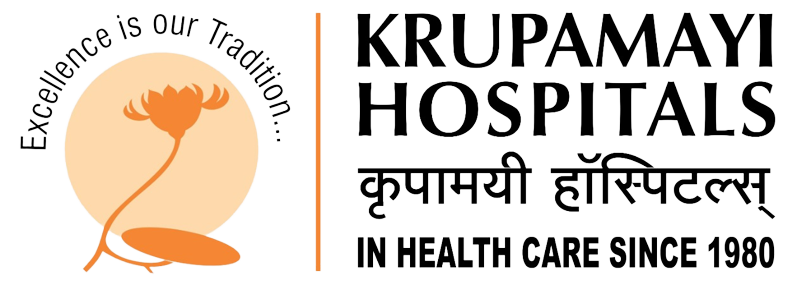Advanced Cancer Technology Imaging Facilities

Advanced Cancer Technology Imaging Facilities
Advanced cancer technology imaging facilities refer to medical centers or clinics equipped with advanced imaging technology specifically designed for the detection, diagnosis, staging, and monitoring of cancer. These facilities utilize state-of-the-art imaging equipment and techniques to provide high-resolution and detailed images of the body’s internal structures, aiding in the evaluation and management of cancer.
Some examples of advanced cancer technology imaging facilities include:
Positron Emission Tomography-Computed Tomography (PET-CT): This imaging modality combines positron emission tomography (PET) and computed tomography (CT) scans to provide functional and anatomical information. PET-CT scans can detect metabolic activity in tissues and help determine the spread and extent of cancer.
Magnetic Resonance Imaging (MRI): MRI uses strong magnetic fields and radio waves to produce detailed images of the body. It is particularly useful in evaluating soft tissues and can provide information about tumor size, location, and involvement of nearby structures.
Computed Tomography (CT): CT scans use X-rays and computer processing to create cross-sectional images of the body. CT scans can help identify tumors, assess their size, and evaluate lymph nodes or distant organs for the presence of cancer spread.
Ultrasound: Ultrasound imaging uses high-frequency sound waves to produce real-time images of the body’s organs and tissues. It can be used to guide biopsies, assess tumor characteristics, and evaluate lymph nodes.
Interventional Radiology: Interventional radiology procedures involve using imaging guidance to perform minimally invasive treatments for cancer. Examples include image-guided biopsies, radiofrequency ablation, chemoembolization, and selective internal radiation therapy (SIRT).
These advanced cancer technology imaging facilities often have dedicated teams of radiologists, technologists, and other healthcare professionals who specialize in interpreting and utilizing the imaging results for cancer diagnosis, treatment planning, and monitoring.
Access to advanced cancer technology imaging facilities can significantly enhance the accuracy and precision of cancer diagnosis, staging, and treatment. It allows healthcare providers to make more informed decisions regarding the appropriate management strategies for individual patients. However, it’s important to note that the availability of advanced imaging technology may vary depending on the healthcare facility and region.
